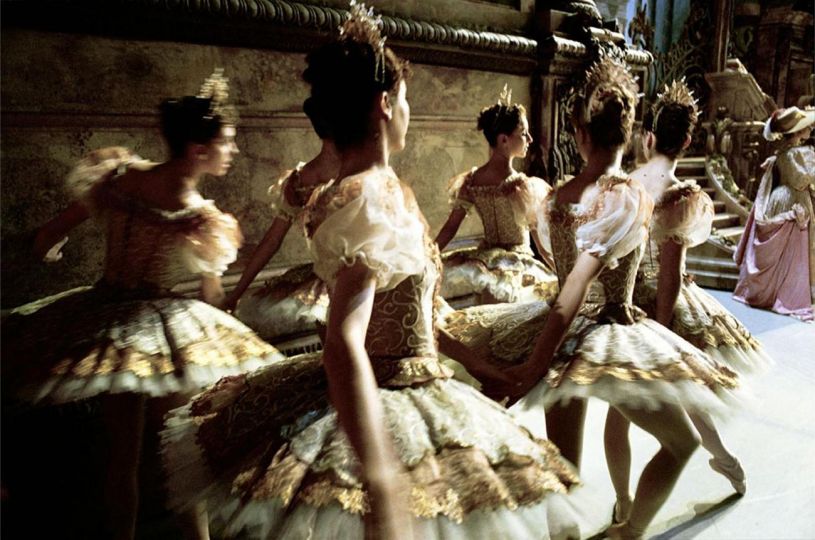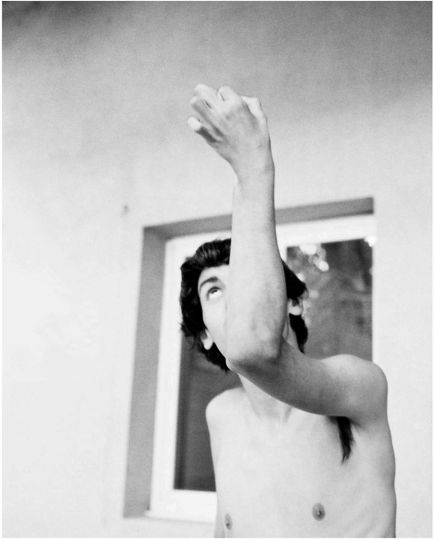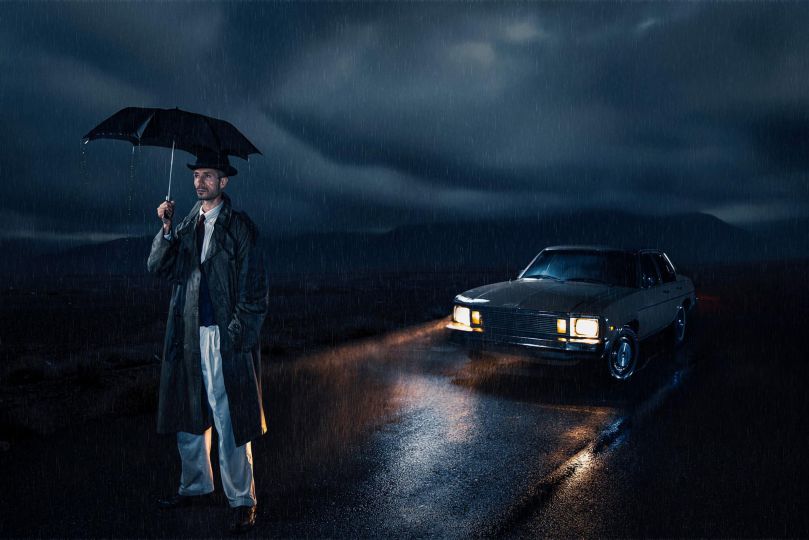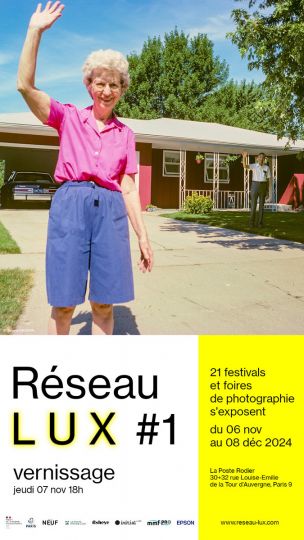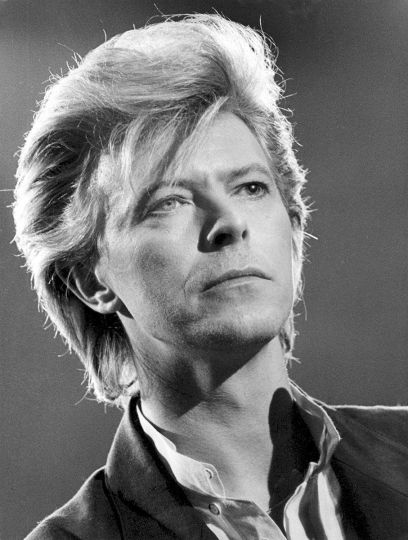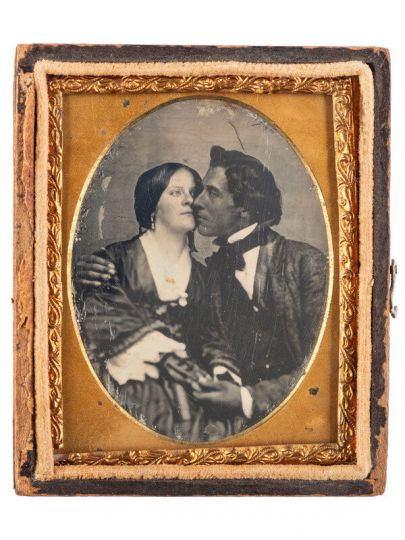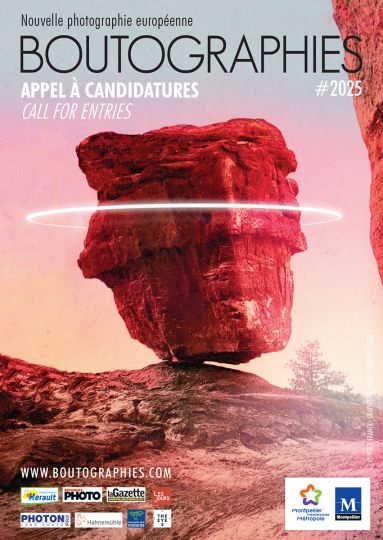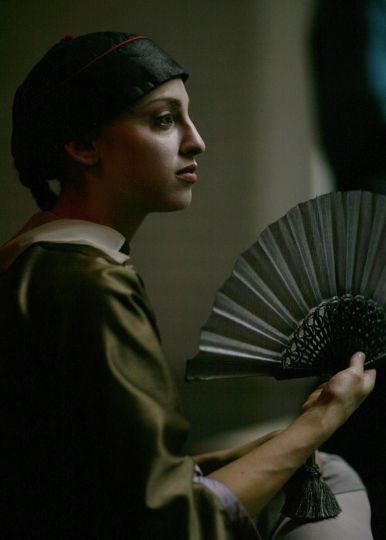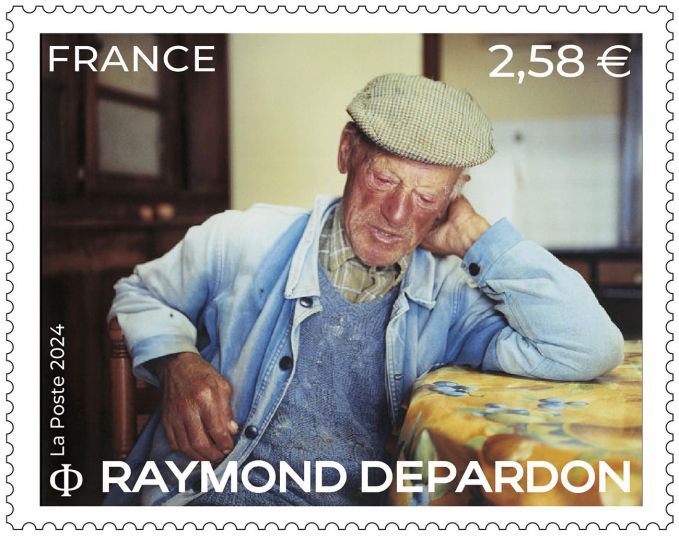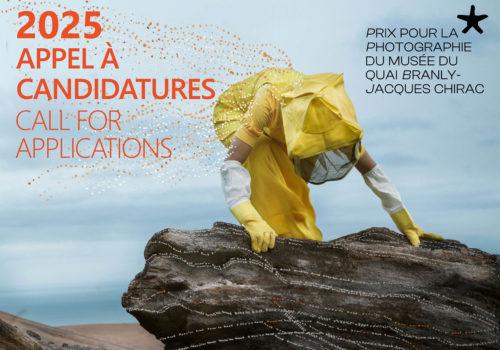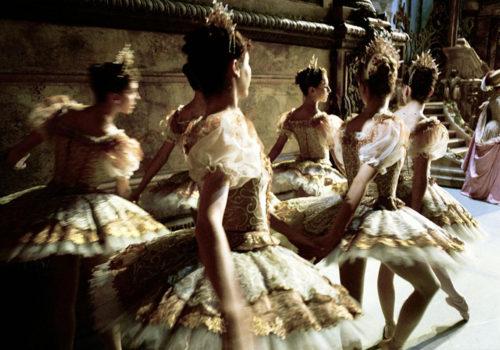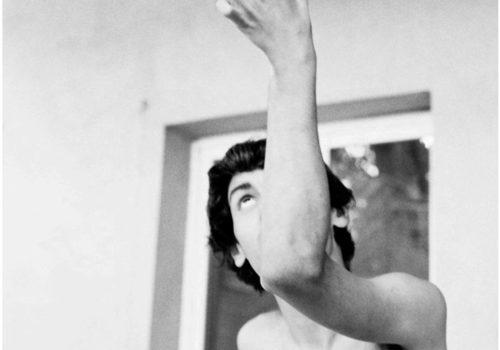Antony Armstrong-Jones, the dapper photographer who became the Earl of Snowdon after he married Princess Margaret, the sister of Queen Elizabeth II, in 1960, and plunged into a life of privileges, parties, quarrels and infidelities that ended in divorce 18 years later, died on Friday at his home in London. He was 86.
His death was confirmed by Buckingham Palace to The New York Times.
After university, Armstrong-Jones began a career as a photographer in fashion, design and theatre. He later became known for his royal studies, among which were the official portraits of Queen Elizabeth II and the Duke of Edinburgh for their 1957 tour of Canada.
In the early 1960s, Armstrong-Jones became the artistic adviser of the Sunday Times magazine, and by the 1970s had established himself as one of Britain’s most respected photographers. Though his work included everything from fashion photography to documentary images of inner city life and the mentally ill, he is best known for his portraits of world notables (the National Portrait Gallery has more than 100 Snowdon portraits in its collection), many of them published in Vogue, Vanity Fair, and The Daily Telegraph magazine. His subjects include Barbara Cartland, Laurence Olivier, Anthony Blunt and J. R. R. Tolkien.
He made a documentary film Don’t Count the Candles in 1968, for the US television programme 60 Minutes, on the subject of ageing. It won an Emmy award.
In 2000, Armstrong-Jones was given a retrospective exhibition at the National Portrait Gallery, Photographs by Snowdon: A Retrospective, which travelled to the Yale Center for British Art the following year. More than 180 of his photographs were displayed in an exhibition that honoured what the museums called “a rounded career with sharp edges.”
Snowdon was an Honorary Fellow of the Royal Photographic Society – he was awarded the Hood Medal of the Society in 1978 and the Progress Medal in 1985.


